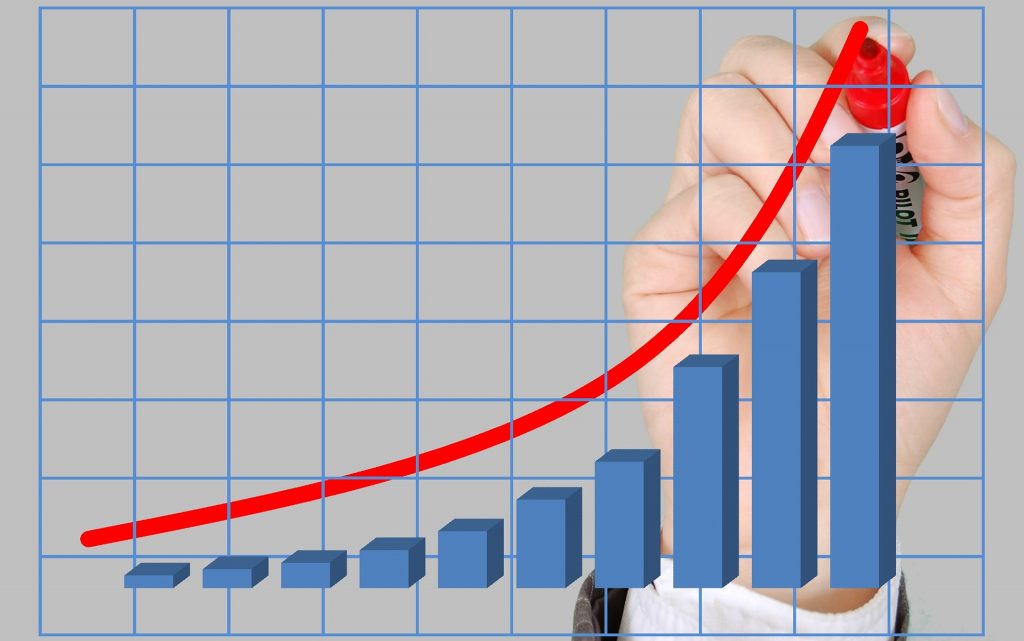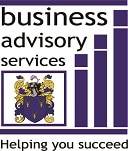Why do some businesses experience rapid exponential growth, while others fail? Almost all of them fall into one of two categories.
The Small Business Profit Model
The “lucky” few stumbled on a breakthrough in their business. Either with an invention, exposure in the mass media, or some other innovation that’s rare and hard to repeat.
The rest followed a formula or system to optimise one or more parts of their business. They stick to that formula, on a larger scale, to maximise their efforts, and ultimately their profits.
Now here’s the problem. Many successful small-business entrepreneurs developed this formula or system themselves. It took them years to do it. Years of “blood, sweat and tears” until they finally figured it out.
So here’s the big question.
Is there a way to significantly shorten this learning curve and generate immediate results?
Success in business depends on your ability to optimise. If you know where to look and where to start, you can easily grow your business with almost no risk.
In this Age of Information, there’s so much clutter it’s hard to know where to start. It seems like there are endless ways to grow your business.
The good news is, there are actually a limited number of ways to grow your business. There’s a very logical path to follow to maximise your profits. Once you have this formula you can use it to filter all of the information and marketing advice.
The Small Business Profit Formula helps you identify these areas in your business, which I refer to as key factors, which must be optimised. The formula guides you where to start so you’ll see returns on your time and money.

The Small Business Profit Formula
Profit = Revenue x Profit Margin %
It’s that simple. Yes, large consulting firms who consult to large corporations with vast consultancy budgets will develop more fancy models and terms.
But small businesses need effective, simple, and easy to follow formulas.
Revenue can be further broken down into:
Leads x Conversions x Average Sale Price x Number of transactions.
Profit = (Leads x Conversion x Average Sale Price) x Number Of Transactions x Profit Margin
Leads
A “lead”, in a marketing context, is any revenue opportunity (any response, enquiry, expression of interest or complaint).
A lead is any contact with your business, made by a prospective customer whether initiated by you, a referral, or by your prospective customer. A prospective customer is someone who has never bought from you before.
Many small businesses confuse leads from prospects with results. Just because prospects are contacting you doesn’t mean that your revenues are increasing! In my experience, very few small businesses know how many leads they receive each week.
Conversion
Lead conversion is the process through which your business “converts” a revenue opportunity into actual revenue. Or the percentage of people who bought something from you as opposed to the number of people who could have bought something from you.
For example: If you had 10 enquiries for your product and you only made 1 sale, then your conversion rate would be 1 in 10 (or 10%).
The typical small business owner very rarely tracks this rate but with just a little effort they can ignite their conversion rate, which will have very positive effects on their revenue.
Average Sale Price
Some of your customers may spend $100 and others only $10. What you need to look at is your average. Once you know this average you can now set a goal, and put strategies into place to achieve that goal and measure it.
Imagine what an increase of just a few percent would do to your revenues.
To calculate your average sale, simply take your total sales ($) and divide it by the number of sales you make. For example: If your sales were $50,000 and you made 5,000 sales, your average sale is $10.
Number of Transactions
When your new leads make their first purchase, you must work to cement the new business relationship.
You’ve probably heard “It’s much easier and cheaper to sell to existing customers than to new customers.”
You must leverage your time and efforts to maximise the potential profit from every customer.
There are two options. You can advertise and “buy” new customers, who typically buy just once from you. This an expensive option.
Or you can build your customer list, nurture it, and enjoy the rewards (profits) for several years. These customers will spend their cash somewhere. Give them good reasons to spend it with you.

Profit Margin
It’s not a good strategy to increase your leads, conversion, average sale price, and number of times a customer buys from you if you are not making any profit from each transaction!
Your profit margin is the percentage of each transaction that is profit. There are many different profit ratios that accountants will use but one critical one for any small business owner is the “bottom line” one.
In other words, if you sold an item for $500 and your profit on this item was $100 (after deducting your cost of sales, labour, overheads, etc.), then your profit margin is 20%.
I’m sure you already have “HIDDEN” uncovered opportunities for more profit and sales in your business right now. From as much as 25%, 50%, 100% to 1,000% (or MORE) in the next 60-90 days!
So many businesses and marketing strategies focus on increasing the number of prospects and end there. This is generally the MOST EXPENSIVE of the 5 facets of the Small Business Formula.
Let’s assume your business currently has 2,000 prospects per year and through traditional marketing programs you have achieved an average conversion rate of 10%.
If you determine that the amount those new customers spend a year is about $1,000 each and they only buy from you once, let’s further assume that your profit margin is currently 25%.
Your Small Business Profit Formula would be:
2,000 x 10% x $1,000 x 1 x 25% = $50,000
Let’s just suppose that you introduce some very simple, but effective, strategies that increase each of these variables by just 5%.
Your Small Business Profit Formula would now be:
2,100 x 10.5% x $1,050 x 1.05 x 26.25% = $63,814
Just a small 5% increase in each one of the 5 areas yields a 28% increase in profits, from $50,000 to $63,814!
The results are now exponential. A 10% increase in all 5 areas yields a 205% increase in profits and a 20% increase in all areas produces a whopping 400%!
So you can see that increasing each of these 5 areas just by small amounts will reap big rewards.
Now try using your own numbers! Increase all 5 numbers by 5%. How much is your profit now?
How about 10%?
What about 25%?
Now here’s the big secret. A little knowledge goes a long way.
By simply separating your marketing efforts into these 5 simple areas, and understanding their correlation, you’re in a much better position than many other small business owners out there!



